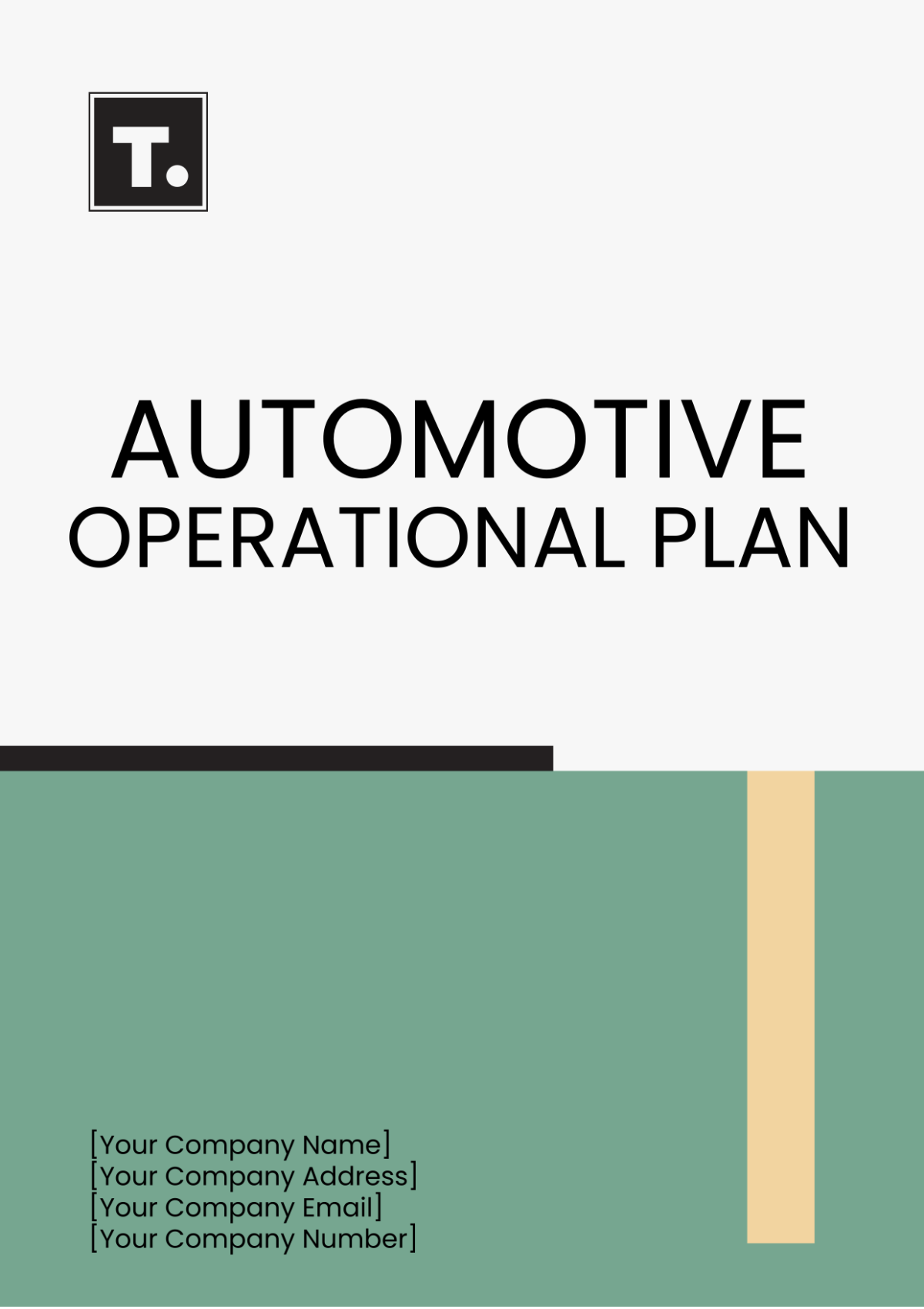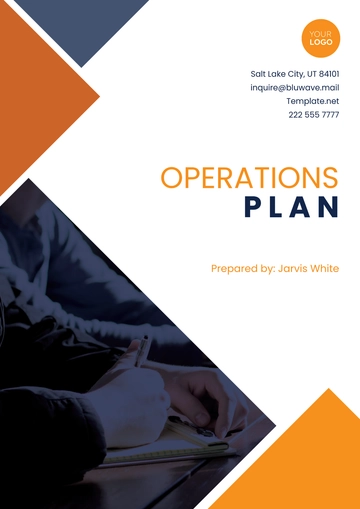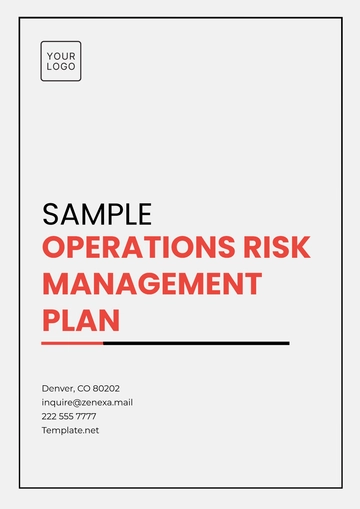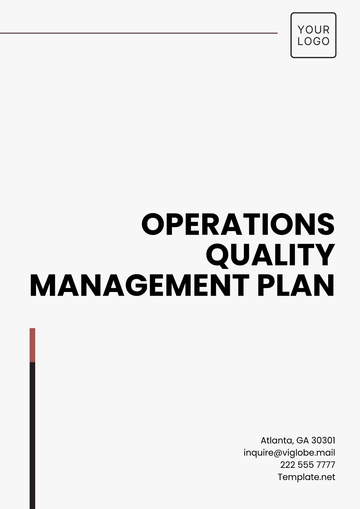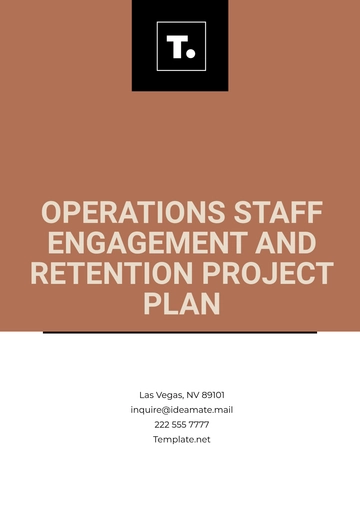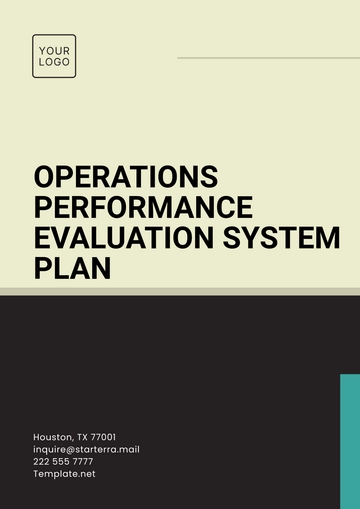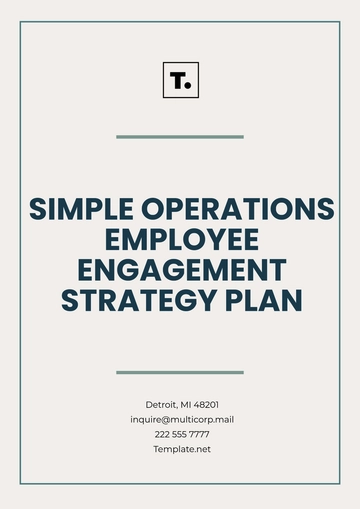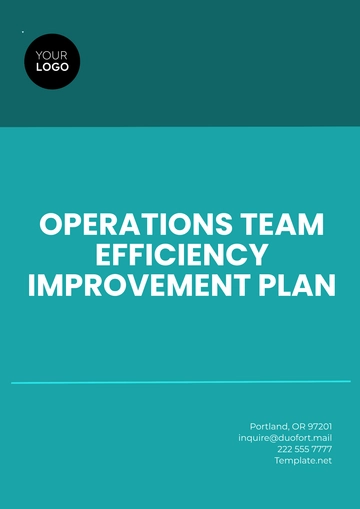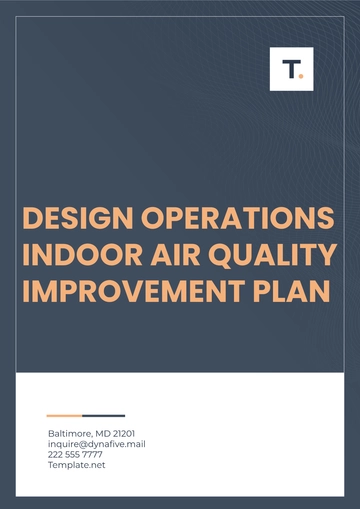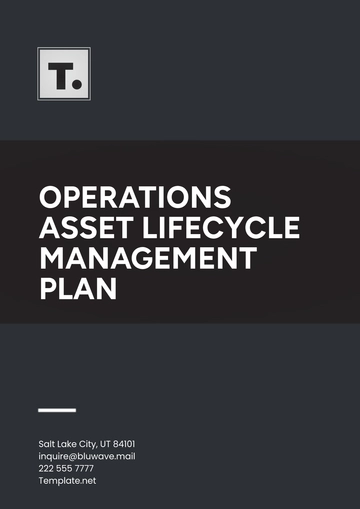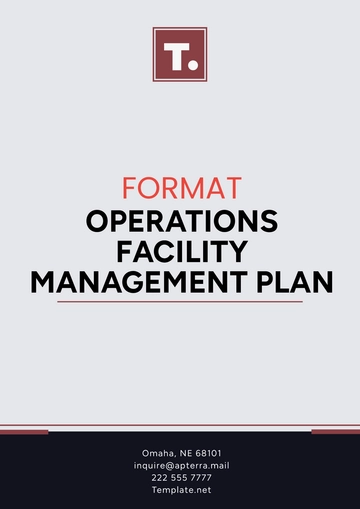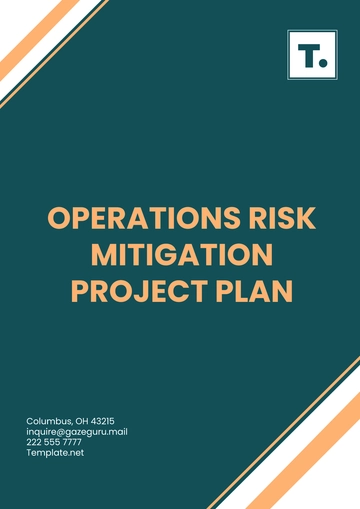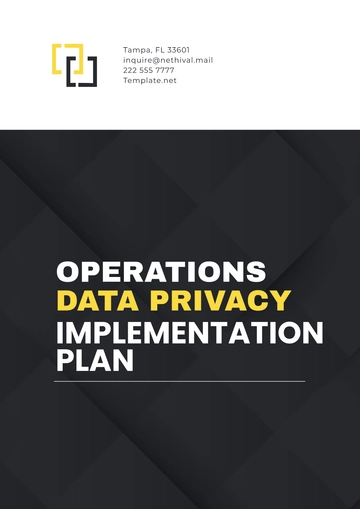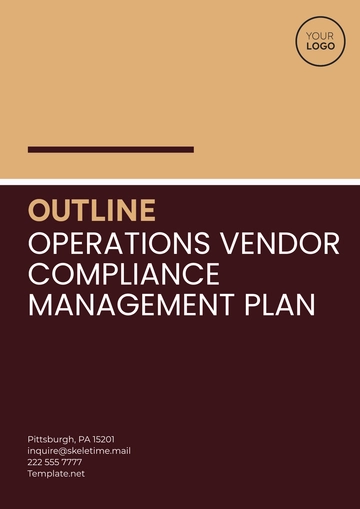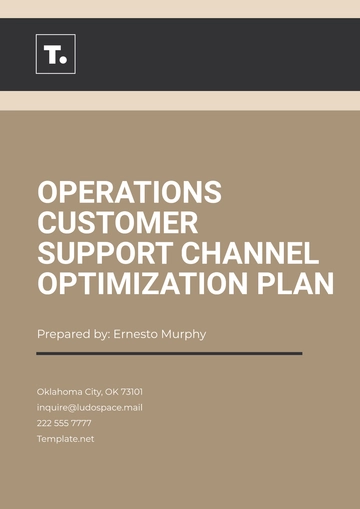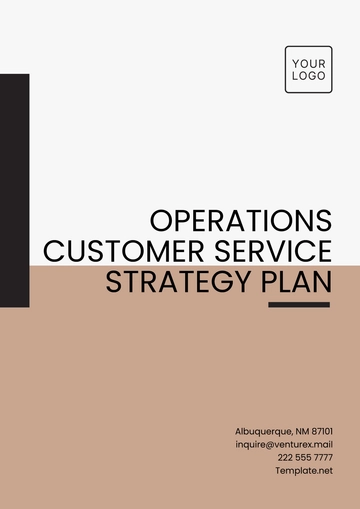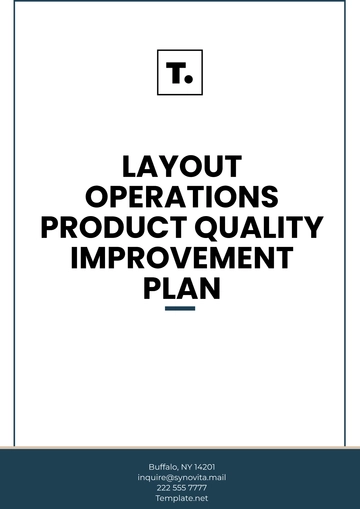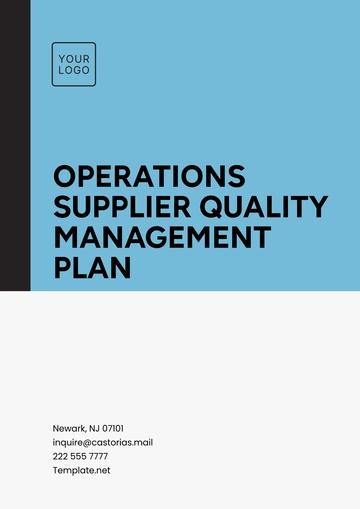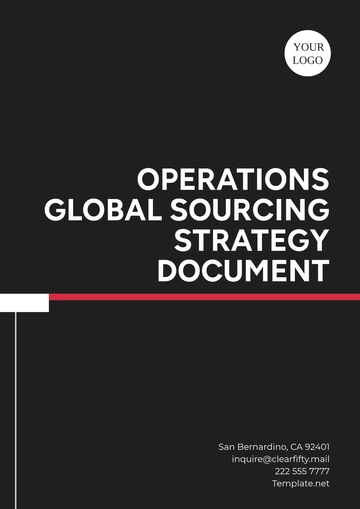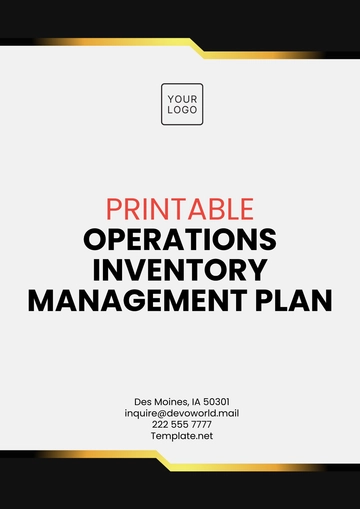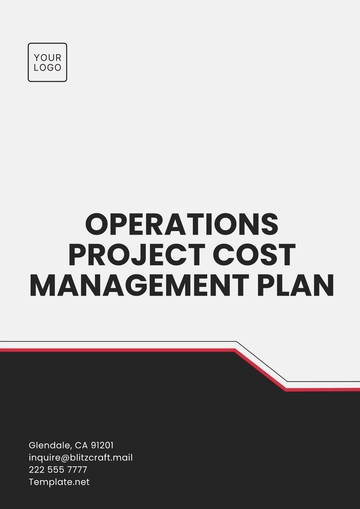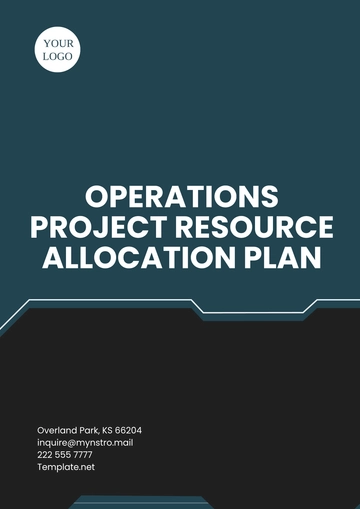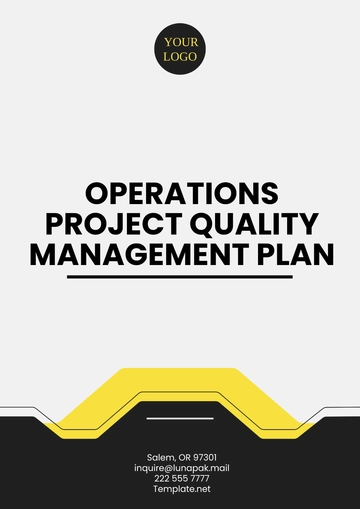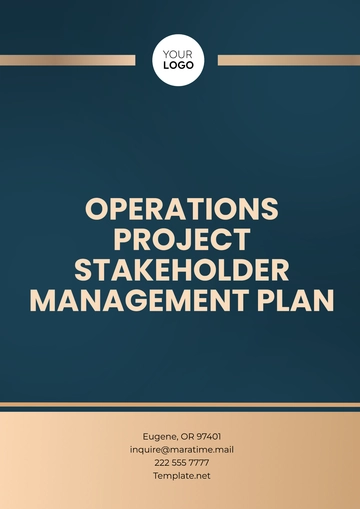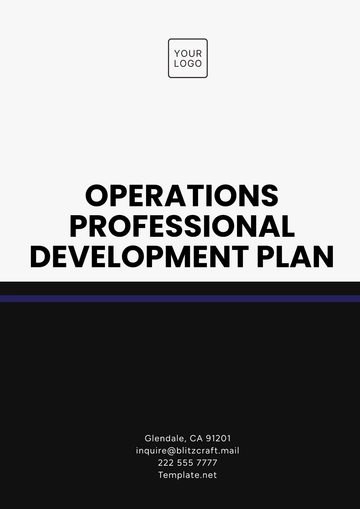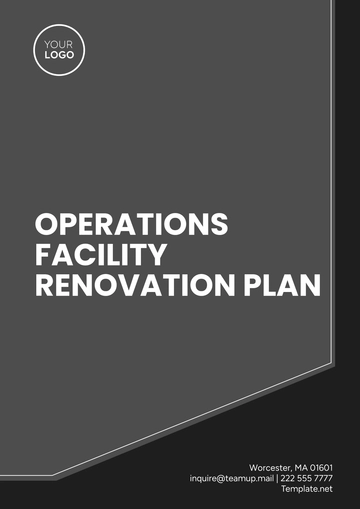Automotive Operational Plan
Prepared by | [Your Name] |
Date | [DATE] |
I. Executive Summary
The Automotive Operational Plan outlines strategies and tactics for the period of 2055 to 2060 aimed at optimizing operations, achieving key objectives, managing risks, and projecting financial performance. This plan encompasses various facets of our automotive business, including production, supply chain management, marketing, and customer service.
II. Business Overview
A. Company Background
[Your Company Name] is a leading automotive manufacturer specializing in electric vehicles. Founded in 2050, we have established a reputation for innovation, quality, and customer satisfaction.
B. Mission Statement
Our mission at [Your Company Name] is to revolutionize transportation by providing sustainable, cutting-edge electric vehicles that exceed customer expectations.
C. Objectives
Short-Term Objectives
Increase market share by 15%.
Improve production efficiency by 20%.
Enhance customer satisfaction scores to 90%.
Long-Term Objectives
Expand into new markets or regions.
Develop innovative automotive technologies.
Strengthen brand loyalty and reputation.
III. Operational Strategies
A. Production
Capacity Planning
Optimize production schedules to meet demand fluctuations.
Invest in automation and technology to enhance efficiency.
Implement predictive maintenance practices to minimize downtime.
Quality Control
Continuously monitor and improve manufacturing processes.
Conduct regular quality audits to ensure adherence to standards.
Provide training programs for production staff to enhance skills and knowledge.
B. Supply Chain Management
Vendor Relations
Strengthen partnerships with key suppliers for strategic sourcing.
Diversify supplier base to mitigate risks and enhance flexibility.
Implement just-in-time inventory management practices to reduce costs.
Logistics Optimization
Streamline transportation routes and modes for cost savings.
Implement track-and-trace technologies for real-time visibility.
Develop contingency plans for supply chain disruptions.
C. Marketing and Sales
Brand Positioning
Enhance brand image through targeted marketing campaigns.
Leverage digital channels for customer engagement and brand awareness.
Develop personalized marketing strategies based on customer insights.
Sales Expansion
Expand distribution channels to reach new customer segments.
Launch promotional offers and incentives to stimulate sales.
Provide training for sales teams to improve product knowledge and customer service.
IV. Risk Management
A. Identification
Conduct a comprehensive risk assessment to identify potential threats to operations.
Categorize risks into internal and external factors affecting production, supply chain, marketing, and sales.
B. Analysis
C. Mitigation Strategies
Develop risk mitigation plans for high-priority risks, including contingency measures and preventive actions.
Allocate resources and responsibilities for implementing mitigation strategies.
V. Financial Projection
A. Revenue Forecast
Year | Revenue (USD) |
|---|
2055 | $20,000,000 |
2056 | $22,500,000 |
2057 | $25,000,000 |
2058 | $27,500,000 |
2059 | $30,000,000 |
2060 | $32,500,000 |
B. Cost Analysis
Category | Cost (USD) |
|---|
Production | $10,000,000 |
Marketing | $5,000,000 |
Overheads | $3,000,000 |
Total Operational | $18,000,000 |
C. Profit Margin Projection
Year | Profit Margin (%) |
|---|
2055 | 25% |
2056 | 27% |
2057 | 28% |
2058 | 30% |
2059 | 32% |
2060 | 33% |
VI. Implementation Plan
A. Timeline
[Your Company Name] Automotive Operational Plan will be implemented from January 1, 2055, to December 31, 2060.
B. Responsibilities
[Your Name], the Chief Operations Officer, will oversee the implementation process.
Department heads will be responsible for executing strategies within their respective areas.
C. Resource Allocation
VII. Monitoring and Evaluation
A. Key Performance Indicators (KPIs)
Monitor KPIs such as production output, sales revenue, and customer satisfaction.
Regularly review performance against targets and adjust strategies as necessary.
B. Reporting
VIII. Conclusion
The Automotive Operational Plan provides a comprehensive framework for achieving our objectives, managing risks, and projecting financial performance. By implementing the strategies outlined in this plan, we aim to drive growth, enhance operational efficiency, and deliver value to our customers and stakeholders while ensuring financial sustainability and profitability.
Plan Templates @ Template.net
